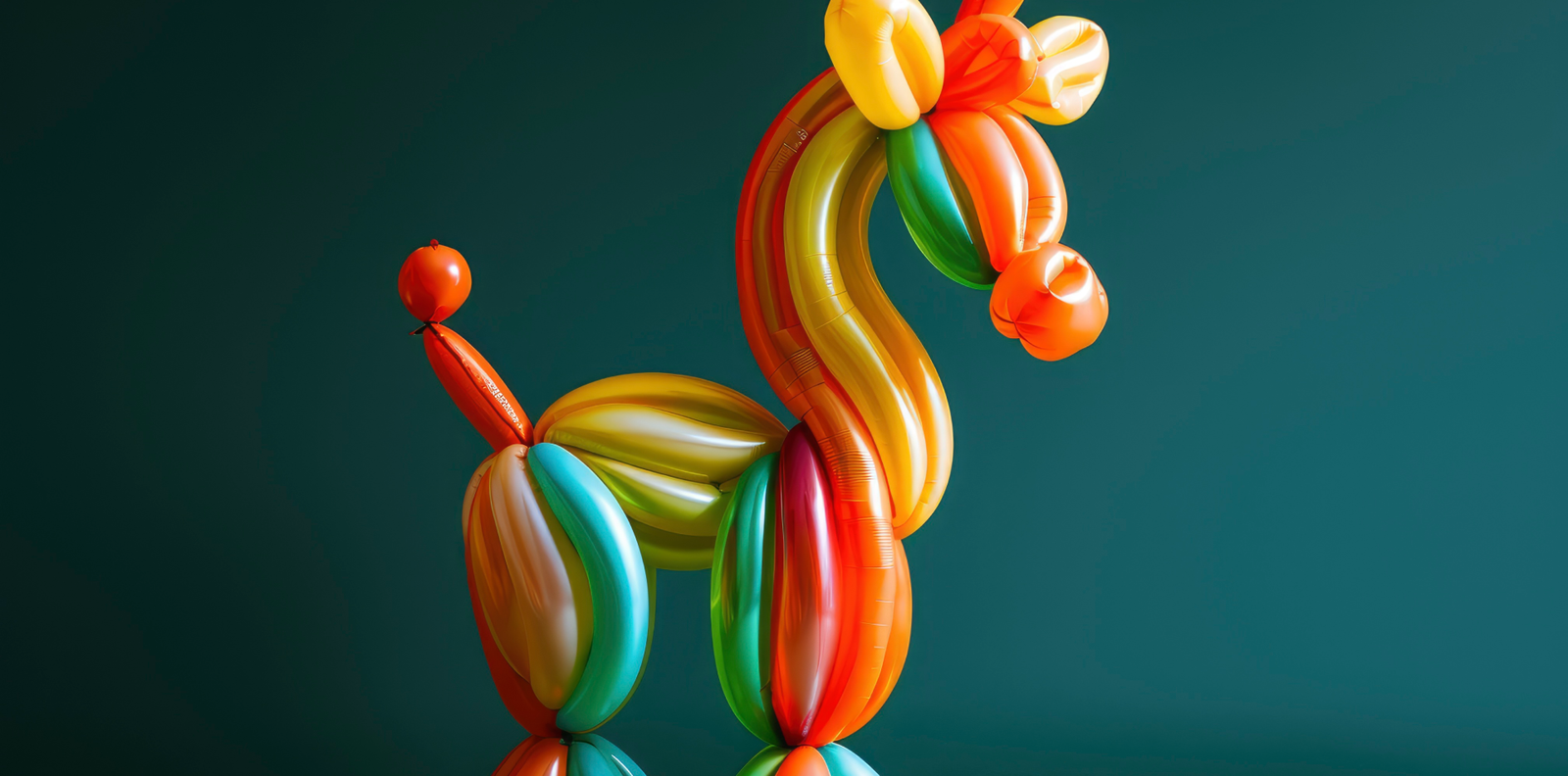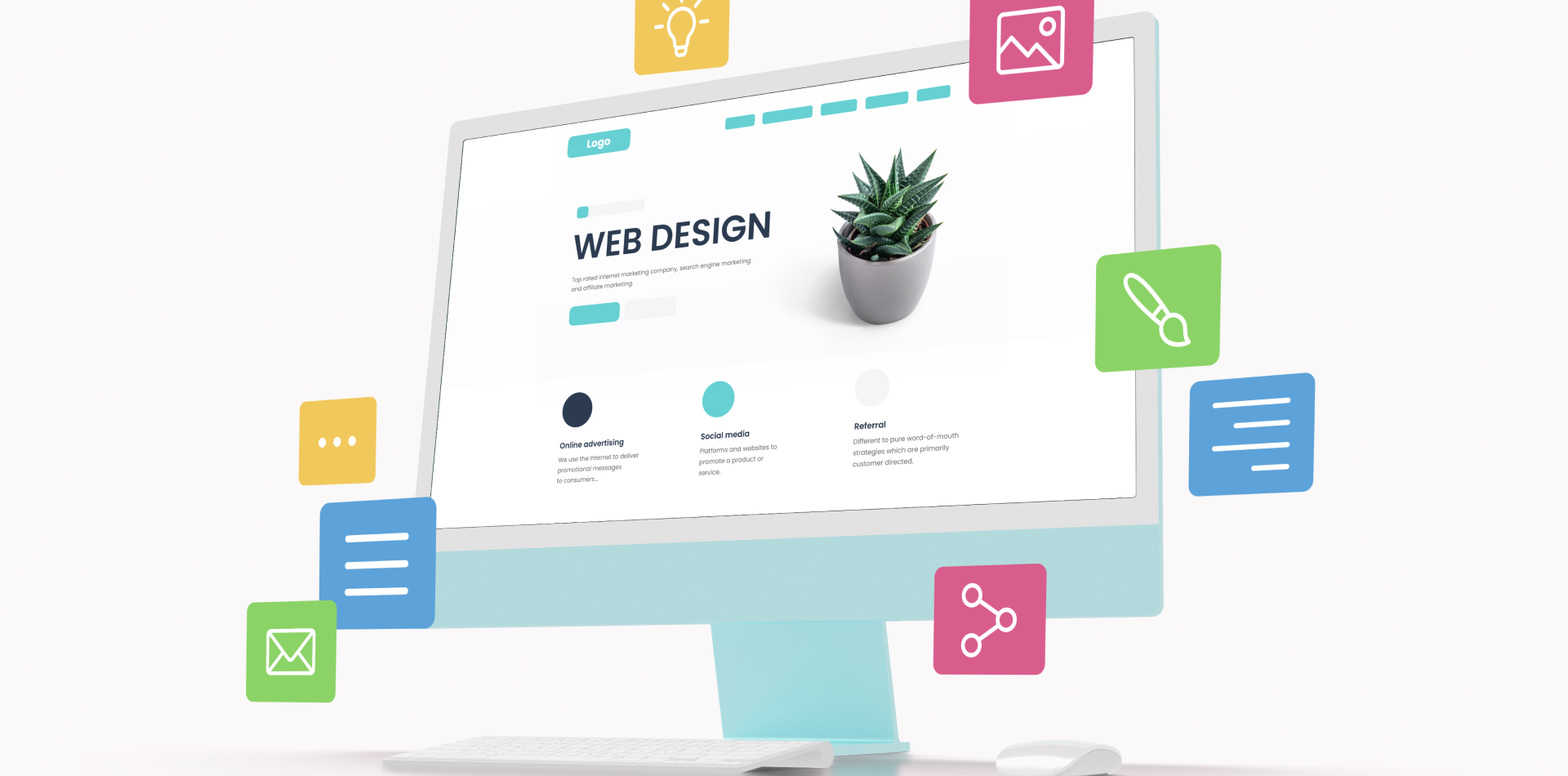The Power of Color in Design
Color is more than just a visual element—it’s a powerful psychological tool that influences how people feel, think, and behave. In design, colors create emotions, establish brand identity, and guide user interactions. Whether you’re designing a website, app, advertisement, or product packaging, understanding color psychology helps you make strategic decisions that improve engagement and conversions.
A well-thought-out color palette can increase brand recognition, drive user actions, and improve overall user experience (UX). In contrast, poor color choices can make a design feel confusing or untrustworthy. This guide explores how different colors affect perception, decision-making, and usability in branding, UI/UX, and marketing.

🌟 How Color Affects Emotions & Perceptions
Colors trigger emotional and psychological responses based on cultural influences, personal experiences, and biological factors. Some colors create feelings of trust and calmness, while others evoke urgency and excitement.
🔴 Red – Energy, Passion, & Urgency
Red is bold, intense, and attention-grabbing. It increases heart rate and creates urgency, making it a common choice for sales promotions, call-to-action buttons, and fast-food branding.
🔹 Best For: CTA buttons, e-commerce discounts, entertainment, sports, and food brands (e.g., Coca-Cola, Netflix).
🔹 Psychological Effect: Excitement, urgency, hunger stimulation.
🔵 Blue – Trust, Stability, & Professionalism
Blue conveys calmness, reliability, and professionalism. It’s widely used in corporate branding, finance, and healthcare to create a sense of security and trustworthiness.
🔹 Best For: Banks, insurance companies, healthcare, SaaS platforms (e.g., Facebook, PayPal, IBM).
🔹 Psychological Effect: Trust, stability, calmness.
🟡 Yellow – Optimism, Creativity, & Attention
Yellow is energetic, cheerful, and eye-catching. It’s commonly used in branding and advertising to create excitement, highlight promotions, and draw attention to key elements.
🔹 Best For: Retail, food, travel, and children’s brands (e.g., McDonald’s, IKEA, Snapchat).
🔹 Psychological Effect: Happiness, optimism, warmth.
🟢 Green – Growth, Health, & Balance
Green is associated with nature, sustainability, and well-being. It’s frequently used by organic brands, health companies, and eco-friendly products.
🔹 Best For: Wellness, sustainability, food, and finance (e.g., Whole Foods, Starbucks, Spotify).
🔹 Psychological Effect: Balance, relaxation, harmony.
🟣 Purple – Luxury, Creativity, & Spirituality
Purple is sophisticated and mysterious, often linked to luxury, creativity, and wisdom. High-end brands use it to convey exclusivity, while tech and creative industries use it to evoke innovation.
🔹 Best For: Beauty, luxury goods, technology, and spiritual brands (e.g., Cadbury, Twitch, Yahoo).
🔹 Psychological Effect: Royalty, mystery, creativity.
⚫ Black – Power, Elegance, & Sophistication
Black is modern, bold, and timeless. It’s frequently used in luxury branding, fashion, and high-tech industries to create a sense of exclusivity and authority.
🔹 Best For: Fashion, luxury, automotive, and tech brands (e.g., Apple, Chanel, Nike).
🔹 Psychological Effect: Strength, sophistication, exclusivity.
⚪ White – Simplicity, Cleanliness, & Minimalism
White symbolizes purity and simplicity. It’s a go-to choice for minimalistic designs, making it perfect for healthcare, technology, and lifestyle brands.
🔹 Best For: Health, tech, and modern minimalist designs (e.g., Apple, Tesla, The North Face).
🔹 Psychological Effect: Cleanliness, simplicity, sophistication.
🖌️ Using Color Psychology in UI/UX Design
Color influences how users navigate and interact with a website or app. A well-balanced color scheme enhances usability, guides attention to important elements, and improves readability.
🎯 How to Use Colors Effectively in UI/UX Design
🟢 Choose a Primary Color: Define your brand’s main identity color.
🔵 Use Contrast for Readability: Ensure text and backgrounds have enough contrast for easy reading.
🟡 Leverage Accent Colors for CTA Buttons: Make clickable elements stand out.
🔴 Consider Emotional Triggers: Use colors that align with the intended user reaction.
⚪ Follow Accessibility Standards: Ensure color-blind users can easily navigate your design.
A strong UI/UX color palette keeps users engaged while maintaining visual consistency across your brand.
🚀 How Color Impacts Branding & Marketing
Marketing campaigns rely on color psychology to influence buying decisions. Studies show that 90% of snap judgments about products are based on color alone. Brands strategically use colors to evoke emotions and build customer trust.
🎨 Red & Orange for Urgency: Used in sales and promotions to push conversions.
🎨 Blue & Green for Trust: Popular for financial and healthcare services.
🎨 Black & Gold for Luxury: Frequently used in premium branding.
Successful brands maintain consistent color schemes across logos, websites, packaging, and advertising to strengthen brand recognition.
🔥 Tips for Choosing the Right Colors for Your Design
📍 Understand Your Target Audience: Different demographics respond differently to colors.
📍 Align with Brand Personality: Colors should reflect the values and emotions your brand represents.
📍 Test & Optimize: A/B test color variations to see what resonates best with users.
📍 Follow Industry Trends: Stay updated with color trends to keep your designs fresh.
📍 Ensure Accessibility: Use tools like contrast checkers to create inclusive designs.
By using color psychology strategically, you can increase engagement, boost conversions, and build strong emotional connections with your audience.
🚩 Conclusion: Mastering Color Psychology in Design
Color psychology is a powerful tool in design, branding, and marketing. The right color choices can enhance user experience, strengthen brand identity, and drive sales. Understanding how colors affect emotions and behaviors allows designers to create visually compelling and high-performing designs.
Whether you’re designing a website, logo, or ad campaign, leveraging color psychology ensures your message resonates with your audience and leaves a lasting impression.
💬 Which Color Works Best for Your Brand?
How do you use color psychology in your designs? Drop your thoughts and experiences in the comments below!




8 Comments
Michael Carter
18 March 2025The psychology behind colors is fascinating! I never realized how much impact it has on branding.
Sarah
18 March 2025Red and yellow really do make you feel hungry! No wonder fast-food chains use them so much.
James
18 March 2025This breakdown of color psychology is so useful for UI/UX designers!
Emily Foster
18 March 2025Blue is my go-to for trust and professionalism. Works perfectly in fintech and SaaS designs!
Daniel Brooks
18 March 2025🔵 I’ve always associated blue with security and stability. No surprise that banks love using it!
Olivia Scott
18 March 2025🟢 Love how green is linked to balance and well-being! Makes so much sense for eco-friendly brands.
Nathan
18 March 2025💛 Yellow is such a tricky color! Used right, it’s fun and energetic—used wrong, it’s overwhelming.
Sophia
18 March 2025🖤 Black adds such a premium feel to brands! Definitely my favorite for luxury designs.